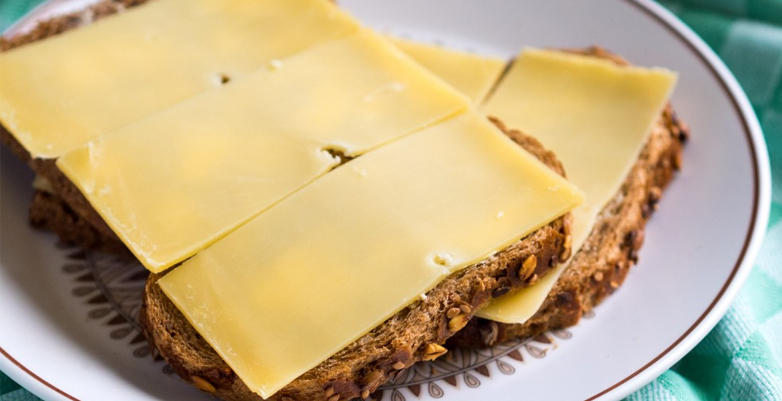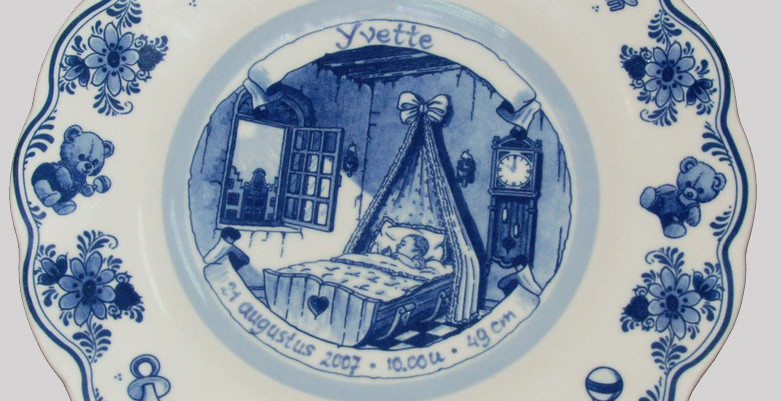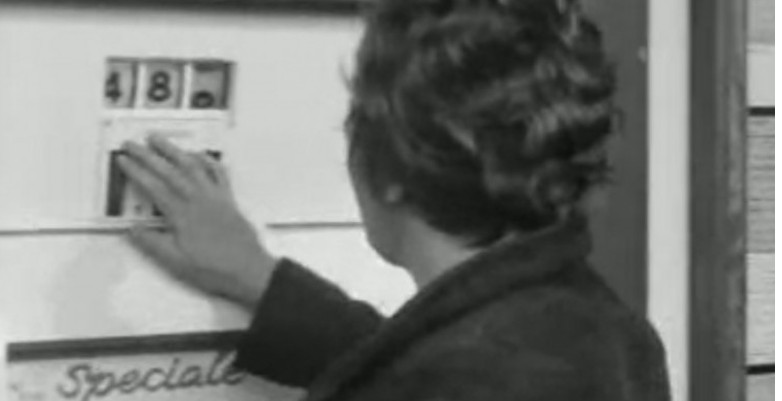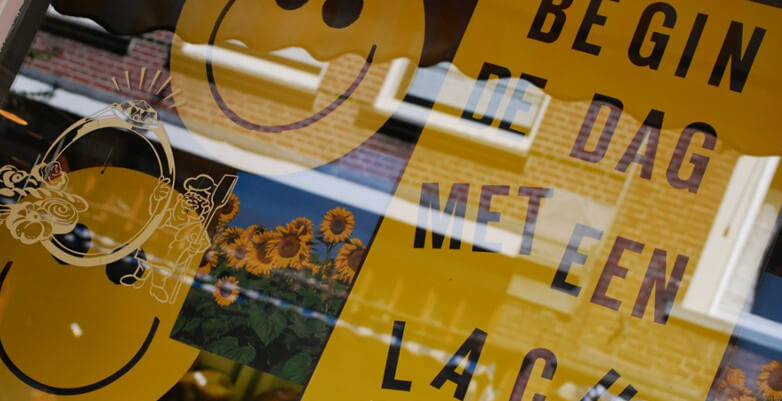
Nostaligic Delights : 10 foods the Dutch miss most when abroad
The Dutch are wedded to their very “own” favorite foods. So much so that when going for a long visit abroad they can hardly do without a supply of their favorite “heiwee” (homesick) delights. Although the food anywhere in the world can tasty and exotic, over time the Dutch will feel the need for more homely delights. But what are these products that the Dutch miss so much when abroad, but which are available in any decent supermarket in the Netherlands?
Below we show you the ten things that Dutch miss the most, from 10 to 1.
10. Conimex products
Known for it’s famous and distinctive yellow packaging with oriental products and, of course, the sweet Manis soy sauce. A very Dutch brand, originally the “Conserven Import Export Maatschappij” (Canned food Import Export Company) [1], started in 1932 as an importer of Indonesian spices. Conimex had the Royal Navy as an important early client who had at the time the tradition to serve a rice meal at least once a week. Th Dutch have been devoted for years to these Indonesian flavors.
9. Breakfast cake (Ontbijtkoek)
Having cake for breakfast might seem a little odd, even odder is the Dutch habit of putting these cakes on top of their bread with a thick layer of butter. The thick slices of Breakfast cake breakfast go down like, well, cake. These sweet and heavy cakes are made from a mixture of sugar, syrup, and rye flour. The most famous cakes are made by Pijnenburg. Breakfast cakes come in many variations with fruit, honey, and cinnamon. In the Netherlands over a 100 million of these cakes are sold annually [2].
8. Rusk (Beschuit)
Dutch rusk is a slight variation on the round hard double baked bread from previous centuries. The biscuits carried on Dutch ships were so hard that you had to soak them in water before being able to eat them. Modern Dutch biscuits are a much lighter form of bread. Crispy and perfect for eating with cheese or sprinkles at breakfast. In the supermarket, these fragile biscuits are wrapped in rolls of 13. The most famous biscuit brand is “Bolletje”.
And of course, there is the Dutch tradition to serve “biscuits with mice” (aniseed sweets) when a baby is born. Pink sweets for girls and blue for boys.
7. Cheese
Dutch are fortunate in that they always have cheese to eat, there’s just so much cheese available. And in a lot of varieties. There are the famous Edam and Gouda cheeses, but the Dutch also find their mature or old Amsterdam cheeses to be quite tasty. A young cheese has ripened for ~ 4 weeks, a mature cheese approximately 16-18 weeks, but an old cheese has to sit for 12 months on a shelf before it is sold. Cheese is a good source of protein, calcium, and various vitamins.
How much cheese do the Dutch eat ? Approximately 248 million kilograms per year. [4]
6. Brinta Breakfast
A Brinta breakfast consists of a bowl of warm milk, shredded wheat (the Brinta) flavored with a little sugar or honey. Brinta was developed just after the second world war in the Dutch province of Groningen. Brinta got its big break when the 1967 winner of the Eleven Cities ice skating tour, Reinier Paping, mentioned on tv having eaten Brinta for breakfast. With about 10 grams of dietary fiber per 100 grams of Brinta is a very high fiber product. [5]
5. Syrup waffles
Tasty sweet cookies, delicious with a cup of tea or coffee. Dutch syrup waffles are one of those Dutch products to have become well known and loved around the world. Famous are of course the Daelmans syrup waffles, but in Netherlands syrup waffles are available in all shapes and sizes. And they are great to share because it is not only the Dutch who find the taste irresistible!
4. Smoked sausage (Rookworst)
A delicious Dutch kale stew or sauerkraut needs a piece of sausage. But these sausages also taste great on bread with a little mustard. Warming the sausages in hot water is sufficient before serving them. Because these packaged smoked sausages have been pre-cooked in the factory. A traditional smoked sausage is bent because the ends will be tied together to allow the sausage to be smoked. Dutch department store HEMA has been selling their popular smoked sausage sandwiches with mustard for many years. These taste great on a cold winter day!
3. Drop
The famous Dutch licorice candy is made of Arabic gum or gelatin, sugar and the juice of the licorice plant. It is hard to grasp how popular drop is in the Netherlands, but approximately 80% of the population occasionally eat licorice. Popular include the Klene Muntdrop and the sweet honey candies. Because of their strong flavor, eating drop is very much an acquired taste, and a great way to shock friends and family overseas.
2. Peanut Butter
Finely ground peanuts in a jar. Although originally an American invention the peanut butter in a jar is in the Netherlands also immensely popular as a topping on bread.
1. Chocolate Sprinkles (Hagelslag)
Without a doubt, the most popular are the Dutch chocolate sprinkles. Small or large chocolate flakes as a topping on bread. Dutch chocolate sprinkles are available in all colors and flavors. Invented in the 1930’s chocolate sprinkles are a very typical Dutch delight.
Feeling a little hungry already?
This was our list of ten typical Dutch products which are immensely popular among our compatriots abroad. Do you have your own favorite products, available in every Dutch supermarket, but just not so easy to get outside our borders? Let us know in the comments!
References
This article would not have been possible without the amazing amount of knowledge and facts on Wikipedia about everything Netherlands & Dutch food:
[1] https://nl.wikipedia.org/wiki/Conimex
[2] https://nl.wikipedia.org/wiki/Ontbijtkoek
[3] https://nl.wikipedia.org/wiki/Scheepsbeschuit
[4] https://nl.wikipedia.org/wiki/Kaas
[5] https://nl.wikipedia.org/wiki/Brinta
[6] https://nl.wikipedia.org/wiki/Drop
“2014 Boterham oude kaas” by Takeaway – Own work. Licensed under CC BY-SA 4.0via Commons.
 Nederlands
Nederlands


















